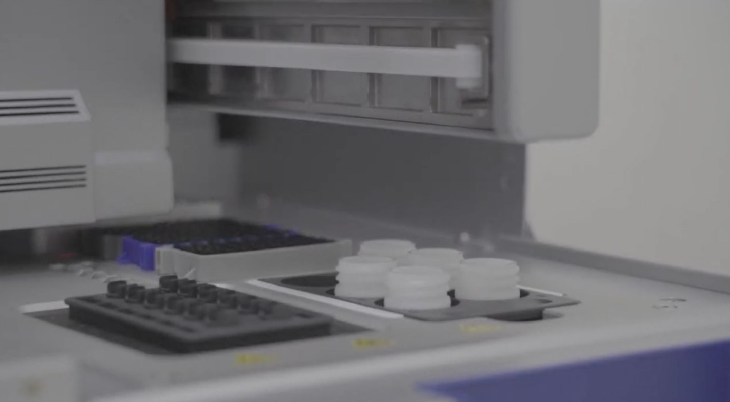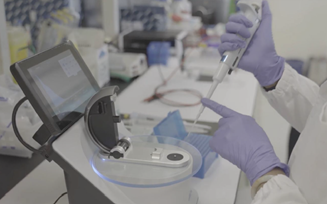Molecular Diagnostics and Analysis
Molecular analysis plays an important role in providing information on the individual identity of the sample or the relationship among a population. The use of molecular analysis in investigations into the illegal trade in wildlife is becoming increasingly common, as species identification through morphological (physical) traits can be extremely challenging during wildlife trade seizures.
Most of the products seized are usually degraded or highly processed and their physical characteristics may not remain discernible enough for identification. Therefore, forensic molecular testing provides an added advantage to species identification as it does not require intact samples, as DNA can be extracted from degraded and highly processed products for identification.
The molecular analysis and research performed at the Centre for Wildlife Forensics primarily focuses on:
- Development and validation of protocols to identify focus wildlife and timber species through specific DNA targets and genetic markers
- Building and curation of reference libraries of various wildlife species with advanced molecular technologies
- Analysis of genomic data for parentage testing and population studies
- Development of capabilities in radiocarbon analysis to trace the origin and age of specimens through partnerships with local and overseas experts


Species that we have worked with in wildlife forensics include:
- Pangolins
- Rhinoceros
- Elephants
- Saiga antelopes
- Sharks and rays
- Seahorses
- Sea cucumbers
- Eels
Our scope of work covers the recovery of DNA from a diverse range of sample types, such as:
- Fresh tissue, blood and dried blood spots
- Horns and bone structures
- Desiccated tissues and skins
- Scales
- Other processed products (carvings, ornaments etc.)
Current capabilities of our molecular laboratory includes:
- Polymerase Chain Reaction (PCR) amplification
- Gel and capillary electrophoresis
- Sanger sequencing
- Genotyping using microsatellites
- Next generation sequencing
- Phylogenetic and phylogeographic studies
Additional Resources: